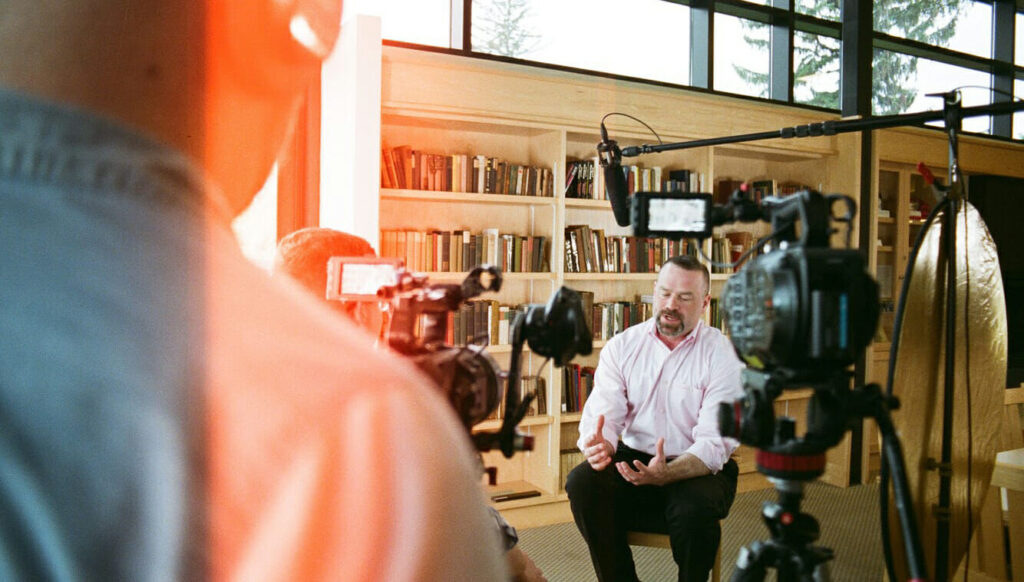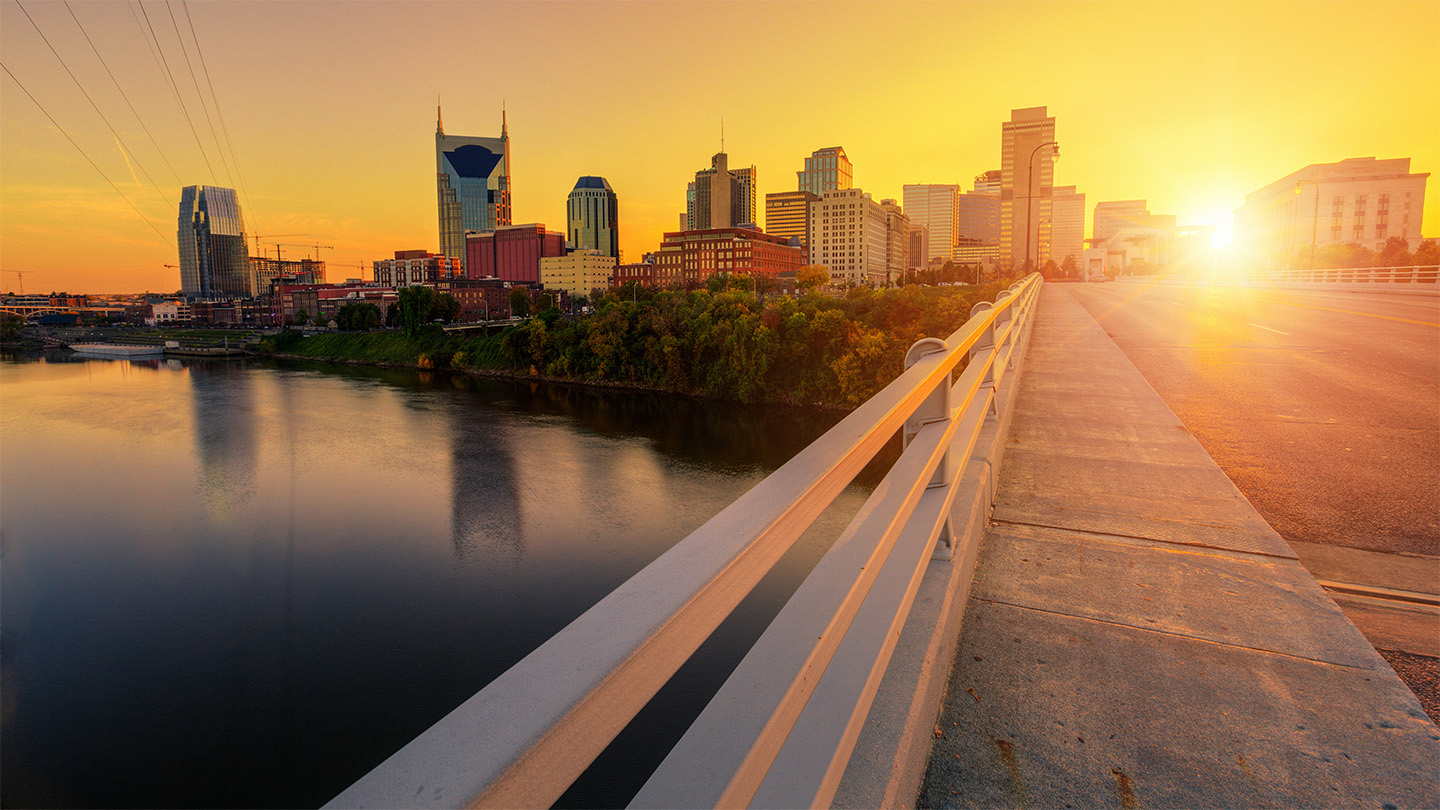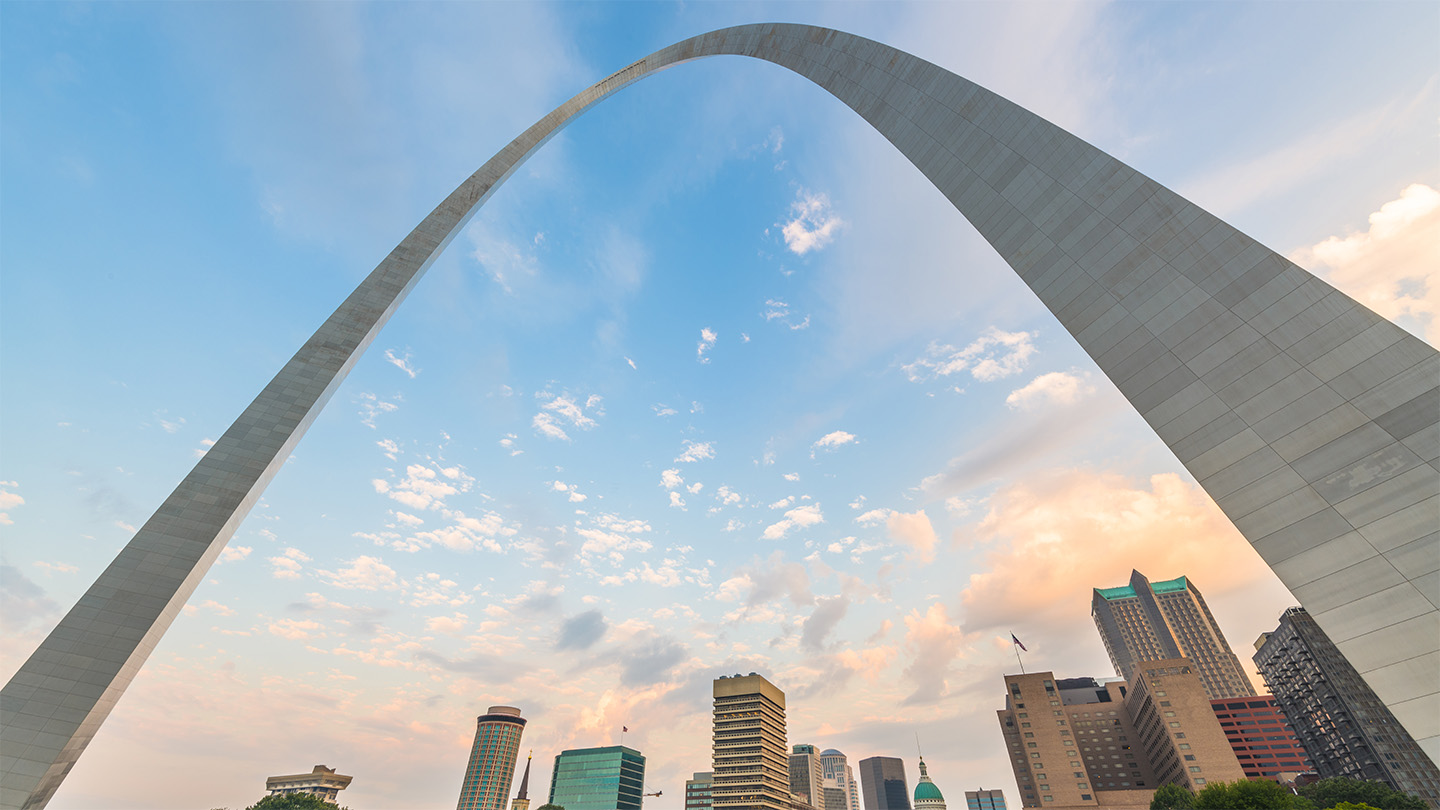In the midst of a culture which demands for the immediacy of digital conveniences, it’s sometimes necessary to step back, escape the chaos, and breathe a little. Some people go on hikes, travel to other cities, or relax on the beach. My wife and I definitely enjoy all of the above, but as a Cinematographer who loves imagery and visually capturing moments, I like to bring a bit of my passion along with me. So every hike we go on, trip we take, or beach we relax at, we always bring our 35mm Minolta film camera with us. Likewise, traveling with different members of the Snapshot Interactive production team for shoots this summer to Toronto, Washington D.C., and Annapolis, I decided to take some rolls of 35 along with me too. This is shooting film in an age of digital.

The irony within the industry-wide majority transition to digital photography and cinematography has resulted in the continual pursuit to make digital images look more like film. More dynamic range, cleaner highlight rolloff, digital film grain filters. Not that this is bad! I do it everyday. It’s just ironic. Filmic images are beautiful. There’s this familiarity about their appearance, at least for most millennials and up (but the kids these days just won’t ever understand).

Taking a step back from the aesthetics of film, I have personally found a much broader set of values and advantages to shooting 35mm stills as often as possible in addition to my every day work in digital cinematography.
PATIENCE
In any given roll of film, you have 24 to 36 images you get to expose. There’s no 64GB SD card to store thousands of RAW images for you to sort through later. So I like to be selective about the photographs I take and hopefully make each exposure count.
It’s also a necessity to meter each shot before exposing. Something we should still be doing in digital photography, but is easy to bypass while eyeing out a mostly decent exposure on a monitor.

Then there is the 2-4 weeks of waiting for your film to be developed, scanned, and printed. For my wife and I, we think of this more so as a treat. Of course, you initially see the image and composition you are capturing through your viewfinder, but when they finally come back from the lab weeks later, you are given the chance to experience the scene you exposed with a fresh perspective, and perhaps with more vibrant colors or the absence of color if shooting black and white.
UNDERSTANDING
Learning the exposure triangle is one of the first lessons in film and photography schools. Aperture, shutter speed, ISO/ASA. With digital monitors and incredible, low-light cameras, it’s very easy to think less about the triangle and simply/quickly expose to eye. Again, not that this is necessarily a horrible thing. Some fast-paced, run n’ gun scenarios occasionally require this. However, the more my wife and I have shot 35, the faster we’ve become at metering and thinking through exposure on the fly.
We want to make the camera do what we want. Like keeping the background in focus by closing up the aperture and compensating with a slower shutter speed, capturing droplets of water in a running fountain by cranking the shutter speed and opening the aperture, or properly exposing for a subject in a lower light scenario by opening the aperture and slowing the shutter or using a slower roll of film (i.e., higher ASA).

Shooting film has taught us to trust the light meter and better understand exposure which allows for making better decisions on the fly when shooting digitally or on film without first seeing your image on a digital monitor or taking a series of test images to see where your exposure is set.
GROWTH
Though my title is Cinematographer/Editor here at SnapShot, I think most creatives would agree that we are all artists in some shape, form, or fashion. Through film photography, I have found a medium in which I can artistically express myself. It’s an enjoyable means to grow as an visual artist through selectively composing naturally lit images, capturing moments through the unique personalities of different types of film, and being able to share, critique, and enjoy the images with friends and family once scans and prints are made.

Like most things in life, we can learn a lot from history and those who have gone before us. In my field of work, I believe this to be true as well. Though film photography and shooting film stock for moving pictures may not be as relevant in a client-based, fast-paced digital industry, I think we the photographers and cinematographers, and even those who just occasionally enjoy snapping some photos, can all benefit from the patience, understanding, and growth afforded to us when we choose to take a step back from time to time and expose a roll of 35mm film.








